Group C: Sportscar Racing's 1980s Boom And Bust
Sportscar racing in the late 1970s was not in good health. The decade had started well enough – as demonstrated by the sonorous 1970-71 Porsche 917s and Ferrari 512s at the Goodwood Members’ Meeting in March – but thereafter the fuel crisis had taken its toll.

In 1976 and 1977 there were even two world championships – one for silhouette ‘Makes’ and one for ‘Sports Cars’ – and by the end of the decade there was little interest from manufacturers outside of Porsche. Changes were needed.
The inauguration of a drivers’ title for 1981 was a good start, but what really launched a new golden era of sportscar racing was the creation of Group C.
Both the Federation Internationale du Sport Automobile (FISA, then the FIA’s motor racing-governing arm) and Le Mans organiser the Automobile Club de l’Ouest agreed on a fuel formula. Power would, in theory, be limited by the amount of fuel each car could use during endurance events. Crucially, the new category would also be for pure-bred, closed sports-prototypes; having a suitable road car was no longer a requirement for manufacturers to get involved.

Throw in some details from the existing Le Mans GTP regulations and restrictions on ground-effect aerodynamics, and Group C was ready for the 1982 World Endurance Championship.
To ease the switchover, outgoing Group 6 cars were allowed for the first year – creating a loophole that Lancia exploited with the new and non-fuel-limited LC1 – but Porsche’s 956 pointed the true way forward.
Group C Junior, which would become C2, arrived in 1983, giving aspiring amateurs and smaller racing teams the chance to get involved and fight for their own silverware. Grids and interest rose.

Group C Junior, which would become C2, arrived in 1983, giving aspiring amateurs and smaller racing teams the chance to get involved and fight for their own silverware. Grids and interest rose.
Porsche’s dominance of the early years of Group C, against efforts from the likes of Ford, Lancia and Aston Martin, could have been a problem, but for one major factor. Unlike today, Porsche sold its top-level prototype to customers. And in large numbers.
As well as creating an array of iconic liveries, that meant crack privateer squads such as Joest Racing (now the brains behind Audi’s successful works LMP1 programme), Brun Motorsport and Richard Lloyd Racing could mix it with the factory team, snatching the odd David v Goliath success. Joest in particular starred, taking back-to-back Le Mans victories in 1984-’85.
You really had to push to get to the limit. They were fantastic cars to drive
Andy Wallace
But it was the rise of Jaguar that really increased the exposure of World Sportscar racing. After a successful touring car programme with the XJS, Tom Walkinshaw Racing took Jaguar into endurance events with the XJR-6 at the end of 1985.
The V12-engined Jaguar challenge quickly gained momentum against the turbocharged Porsche hordes and a first win came on home ground at Silverstone in 1986. The Tony Southgate-designed XJR-8 then won almost everything there was to win in the championship the following season.
The victory not on the CV was the Big One: Le Mans. Porsche’s 962 remained a threat at the 24 Hours and the German firm concentrated all its efforts on the 1988 race, foregoing the rest of the series. Jaguar nevertheless took a famous and narrow win – its first at Le Mans since 1957 – and helped Group C to new heights in Britain. At the same time, increasing presence from Mercedes-Benz through the Swiss Sauber operation meant there was a new major player to fill the void left by Porsche during the rest of the season.

“To win any of those races you had to have everything together,” remembers 1988 Le Mans winner and Goodwood Revival racer Andy Wallace. “And there were some incredibly good drivers.
“You really had to push to get to the limit. They were fantastic cars to drive and I was fortunate to get into it before the end of Group C. In the final year [1990] with the turbocharged Jaguar XJR-11 the cars were mighty. You could really wind the boost up.”
As ever, though, there was a dark side to the sport. Promising German driver Manfred Winkelhock, 1984 World Sportscar Champion Bellof and Jo Gartner were all killed in Porsches in a terrible 10-month period; serious speeds meant serious crashes, although the strength of many of the cars was also underlined in a number of other accidents during the period.

After Jaguar’s World Sportscar title and Le Mans successes in 1988, the imposing silver Mercedes dominated the next two seasons, but the presence of Jaguar, Nissan, Mazda, Toyota and the evergreen privateer Porsche squads demonstrated the category’s international appeal. And that’s before taking into account the popular American equivalent, IMSA GTP, which Jaguar, Nissan and Toyota also contested.
Group C was finally killed off by the controversial switch to the 3.5-litre regulations – crucially not supported by Porsche – that started in 1990 and became predominant the following year. The change, which many observers suggested was a move by Bernie Ecclestone to encourage more manufacturers into Formula 1, led to dwindling grids. But even then, the final cars of the era – Jaguar’s XJR-14 and the Peugeot 905 – were among the most spectacular and rapid cars in sportscar history, challenging F1 lap times on occasion before the World Sportscar Championship died at the end of 1992.
Goodwood favourite, and multiple sportscar winner with Porsche and Mercedes, Mass agrees Group C was one of the high watermarks for endurance competition.

Goodwood favourite, and multiple sportscar winner with Porsche and Mercedes, Mass agrees Group C was one of the high watermarks for endurance competition.
“It was a big time in sportscar racing,” says the German. “The cars by 1991 were very sophisticated supercars and they did sportscar racing a lot of justice.”
And that explains why, each year, hordes of fans flock to the mighty Group C machines that form part of Goodwood’s Festival of Speed extravaganza.
Images courtesy of LAT
Group C
FoS
FoS 2016
2016
-

Video: Mighty McLaren Senna's all-out FOS hill climb
-

Gallery: The Michelin Supercar Paddock at FOS 2019
-

Video: Volkswagen ID. R sets new all-time Festival of Speed hillclimb record!
-

Video: Mighty McLaren Senna GTR flies up the Hill







